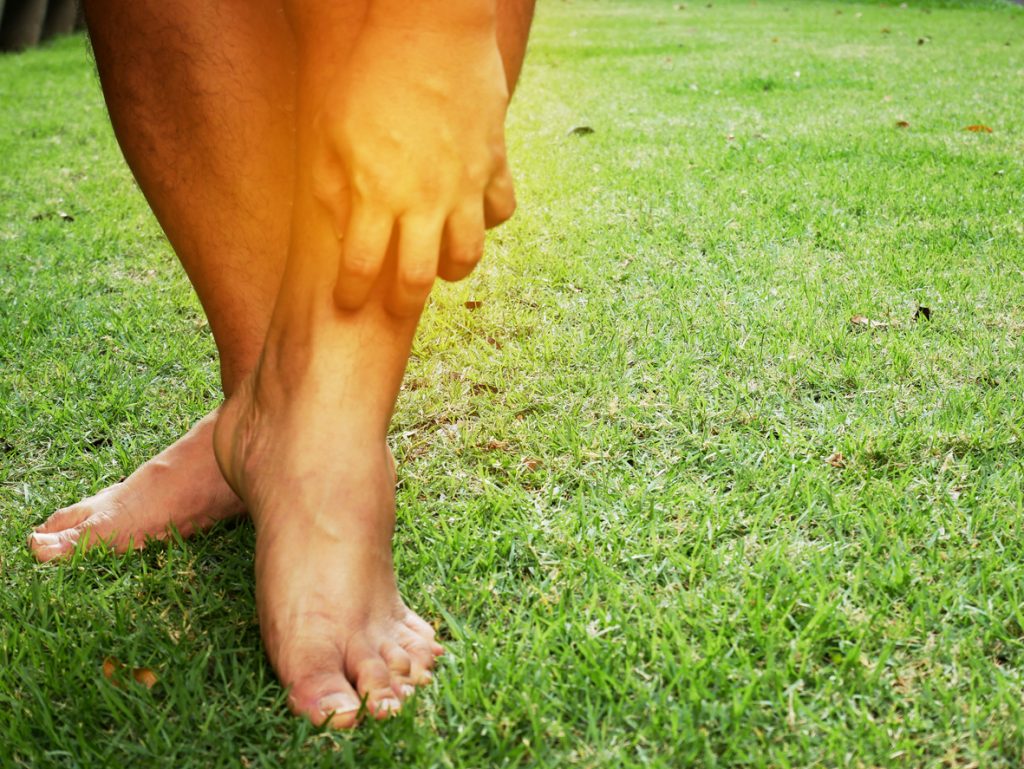
Pain and swelling aren’t the only side effects of varicose veins. The condition could also lead to dry, scaly skin.
Most people suffering from varicose veins have experienced the pain, swelling, and cramping that goes along with the condition. Yet venous insufficiency — the underlying cause of varicose veins — can also affect the skin, resulting in stasis dermatitis or varicose eczema.
Varicose eczema typically begins on the ankles. It’s characterized by:
- Swelling that diminishes while you sleep
- Dry, scaly skin
- Red, discolored skin
- Itching
Left untreated, varicose eczema could lead to open, oozing ulcers and infection. Most worrisome, varicose veins put you at higher risk of eczema because the two conditions result from poor circulation in the legs.
Table of Contents
ToggleWhat Causes Varicose Eczema?
Varicose eczema develops when veins in the legs fail to pump blood back to the heart. Over time, or due to certain factors including excess weight or pregnancy, the valves responsible for sending blood back to the heart weaken, causing blood to pool within the veins. (This is the same reason why clogged veins eventually bulge out into varicose veins.)
Both conditions — varicose veins and varicose eczema — fall under the broad category of venous insufficiency. Besides forcing veins to protrude, another side-effect of venous insufficiency is blood seeping into the skin. As blood leaks into the skin, oxygen is blocked from reaching the skin’s surface and eczema is the body’s response.
Other factors that could contribute to the development of varicose eczema include high blood pressure, kidney failure, heart disease, and a blood clot in the leg. To determine the exact cause, your doctor will perform, in addition to a physical exam, a blood test, heart function tests, and an ultrasound to evaluate blood flow in the legs.
Unfortunately, varicose eczema recurs if the source of the condition (such as varicose veins) isn’t treated. Therapies center on alleviating the symptoms. Topical steroids and antihistamines can counteract the inflammation and itching. If the eczema has erupted into a weeping ulcer, the patient can apply special wraps infused with medications to promote healing over the area. The patient must change these bandages regularly, usually every two to three days. In severe cases, the patient may need a skin graft to cover a large ulcer.
To prevent a serious bacterial infection known as cellulitis that affects the deeper tissues of the skin, your doctor may prescribe an antibiotic. Individuals who have varicose eczema also stand a greater chance of developing contact dermatitis, a skin condition that leaves the skin extremely sensitive to touch.
In addition to medications, you can follow some at-home therapies to reduce symptoms or prevent varicose eczema if you suffer from varicose veins. Among those measures are:
- Wear compression stockings. These tight elastic socks encourage circulation in the legs by squeezing the leg veins so blood flows unimpeded. Available in drugstores or by prescription, compression stockings reduce the swelling and pain of varicose veins.
- Elevate legs. To keep blood flowing upward to the heart, elevate your legs above your heart for 15 minutes every two hours. Prop up your legs while you sleep, too.
- Moisturize. Apply a moisturizer if you notice your skin becoming dry. But be sure to choose a fragrance-free lotion without dyes. Those added chemicals could irritate the skin.
Treat Your Varicose Veins
The best way to prevent varicose eczema is by treating your varicose veins. Eliminating the underlying cause of your venous insufficiency greatly lessens the risk of developing dry, patchy skin that could lead to ulcers. The specialists at the Vein and Vascular Institute offer a variety of treatments designed to rid you of varicose veins. Contact us today for an appointment.
